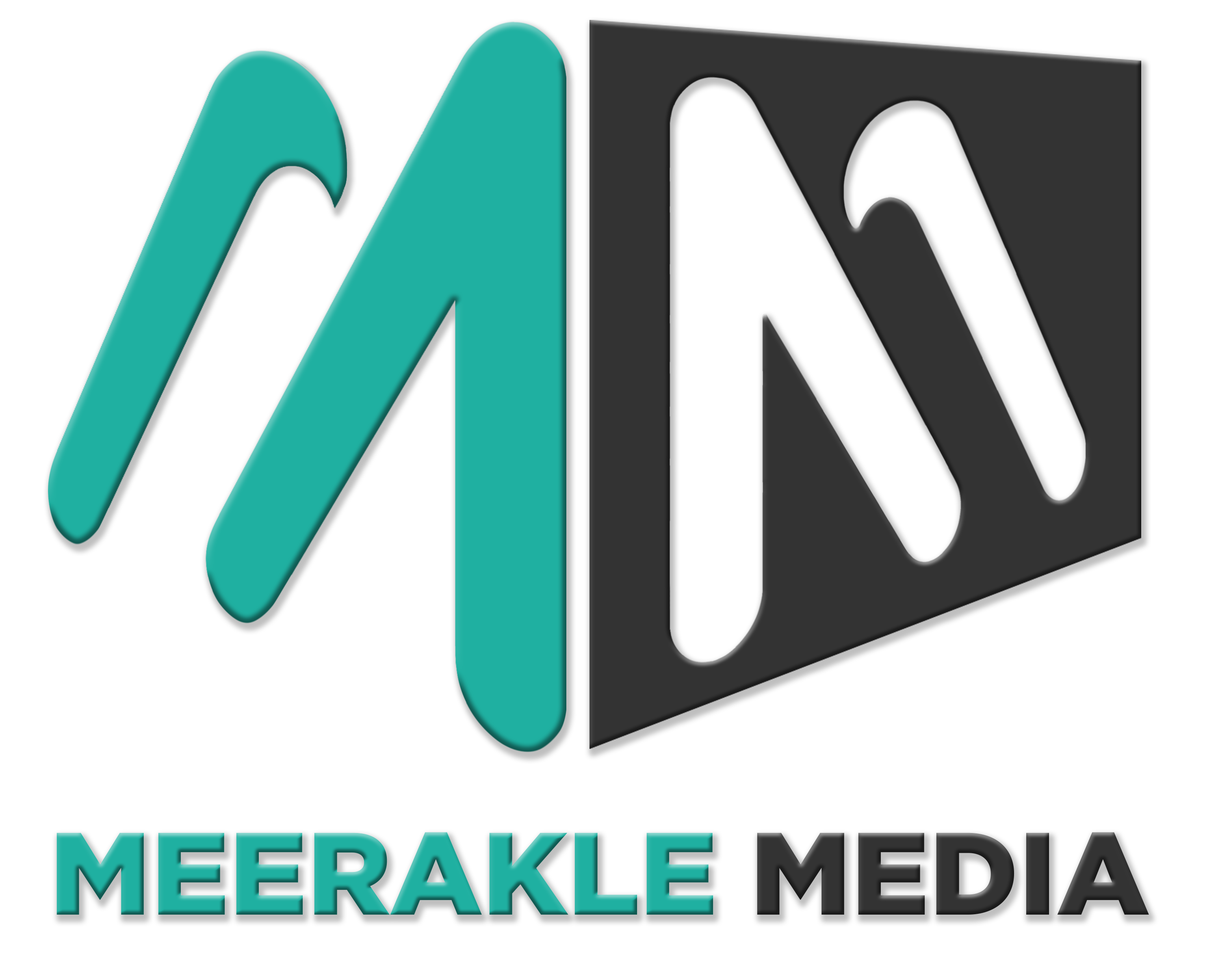A high rate of quality of content is always beneficial to boosting a brand’s online presence.
Businesses must publish high-quality content
A content marketing strategy is merely one part of a larger marketing strategy. A marketing plan should also specify which content should be delivered to which target group.
The content must be efficiently distributed to users and have the desired effect. The more competitive online marketing is and the more expensive online or social media relationships are, the more vital effective content becomes.
The Content Marketing Strategy entails content preparation, target group planning, identifying target group challenges, and many other topics covered in this article.
7 Simple and Effective Steps to Developing a Content Marketing Strategy
Business Goal
A Content Marketing Strategy’s objectives can be related to business, such as boosting revenue, marginal returns, or profitability. Increasing the conversion rate or the time spent on the website are two examples of specific e-commerce goals. The Content Marketing Strategy can also be based on general marketing and online marketing goals like brand awareness and online exposure.
Another significant purpose is to use content to create distinctive selling points. The content should demonstrate that your firm, brand, team, and goods are distinct from those offered by competitors.
Target Audience
The online world is a multi-billion-person worldwide communication platform. Appealing to all users isn’t feasible. Only knowing who the content is intended for allows you to generate effective and successful content. Knowing and defining your target market is critical. Only in this manner will you be able to create relevant content that will rank well in search engines, allowing your brand to be discovered.
The more closely you examine and classify your target audience, and use their demands and segment specs as the foundation for your Content Marketing Strategy, the more successful your content marketing will be.
Market Analysis
Setting goals is only the beginning of your content strategy. To achieve those objectives, you must understand the strategy that will enable you to achieve them.
In content marketing, there are no easy ways to succeed.
It’s only half the battle if you know what you’re up against. Create your ideal consumer profile by conducting demographic research, conducting surveys, and soliciting feedback.
Then design your content to appeal to and satisfy this type of audience.
Google Analytics is a fantastic tool for studying your target market.
Content Management Systems:
Planning, generating, and assessing content are all part of this process. Your goal with the suitable CMS is to acquire a better overview, similar to content audits.
You should use your CMS to create an editing schedule so that you can easily structure when each post is released and provide as many different aspects as feasible. An editing schedule allows you to track the success of new postings and make continuous improvements. A social media calendar can be used in conjunction with the CMS to promote content that will be released later.CMS is a core competency of the content marketing agency.
You can decide the optimal time to produce content for seasonal topics using tools such as Google AdWords Keyword Planner.
Content Planner
Producing high-quality content takes a lot of effort and can be costly. It’s all the more vital to have a long-term content generation and publishing strategy.
Seasonal subjects, as well as when the best time to post, can be included in a content calendar. Scheduled topic planning should be used to manage long-term output. Specific images or videos must be organised ahead of time. If there are any time-sensitive events, the associated content must be prepared and generated ahead of time.
Make and distribute
Developing content and making the necessary adjustments are not the only steps in the content creation process. It also entails ensuring that the content is genuine.
The stuff you create should be useful and accurate at the same time. This will aid in the development of your audience’s trust in you.
Every piece of information you supply through your content should be cross-referenced and verified. Include links to reputable websites to back up your point.
Building your audience’s trust and loyalty will assure long-term success.
Measure Outcomes
The final step is to evaluate the outcomes of your content. Is your Google reach expanding organically? Is there a rise in the number of YouTube subscribers? Is your website or business viewed as a one-of-a-kind offering by your visitors? These and other objectives should be reviewed frequently so that your content metrics may be evaluated critically.
The success of your material is measured through the channels on which it was distributed. Google Analytics, for example, can provide an overview, but social media platforms also have their analytical tools. Always be sceptical of even the best results, as spam and other nefarious activities can occasionally lead to favourable outcomes.
Developing a content strategy involves time and effort upfront. Completing all of these stages may appear to be a daunting endeavour, take it one step at a time and you’ll have a strategy in hand before you realise it.
If you require any assistance, please contact us; we are a Navi Mumbai-based digital marketing company.




